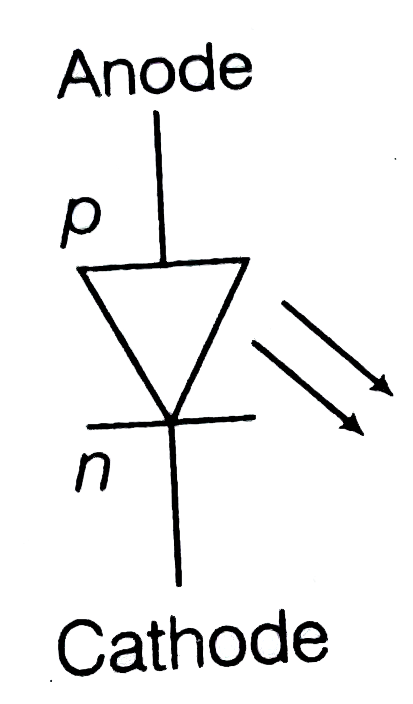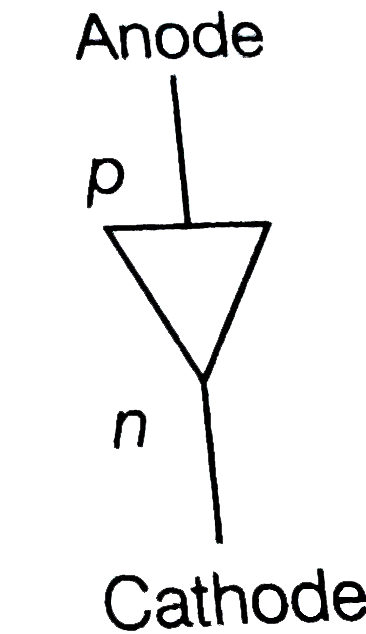Mention the important considerations required while fabricating a p-n junction diode to be used as a Light Emitting Diode (LED). What should be the order of band gap of an LED, if it is required to emit light in the visible range? Personal.
For LEDs, the threshold voltages are much higher and slightly different for different colours.
The reverse breakdown voltage of LEDs are low generally around 5 V. It is due to this reason, the care is taken that high reverse voltages do not appear across LEDs.
There is very little resistance to limit the current in LED. Therefore, a resistor must be used in series with the LED to avoid any damage due to the high current to it.
The semiconductor used for fabrication of visible LEDs must atleast have a band gap of 1.8 eV (spectral range of visible light is from about 0.4μm to 0.7μm, i.e. from about 3 eV to 1.8 eV).
Similar Questions
Mention the important considerations required while fabricating a p-n junction diode to be used as light emitting diode (LED). What should be the order of the band gap of an LED if it is required to emit light in the visible region.
View SolutionMention the important considerations required while fabricating a p-n junction diode to be used as light emitting diode (LED). What should be the order of the band gap of an LED if it is required to emit light in the visible region.
View Solution
Knowledge Check
The light emitting diode (LED),
Ais made from the semiconducting compound gallium arsenide phosphideBemit light when forward biasedCis made from one of the two basic semiconducting materials, silicon or germaniumDemit light when reverse biased.The schematic symbol of light emitting diode (LED) is
A B
B C
C D
D
Silicon and Germanium p-n junction diodes are not used for making LEDs
Aas their energy band gap is very largeBas their energy band gap is very smallCas greater percentage of energy is in the form of heatDas there is no energy gap in them
Write the important considerations which are to be taken into account while fabricating a p-n junction diode to be used as a Light Emitting Diode (LED). What should be the order of band gap of an LED, if it is required to emit light in the visible range ? Draw a circuit diagram and explain its action.
View SolutionIn a light emitting diode (LED)
View SolutionWhat is a light emitting diode (LED)?
View SolutionLight-emitting diode (LED) converts
View SolutionWhich semiconducting material can be used for constructing LED if it is to emit light in the visible range?
View Solution
